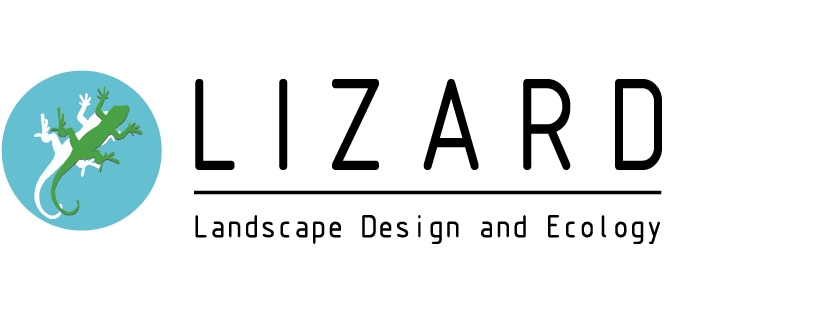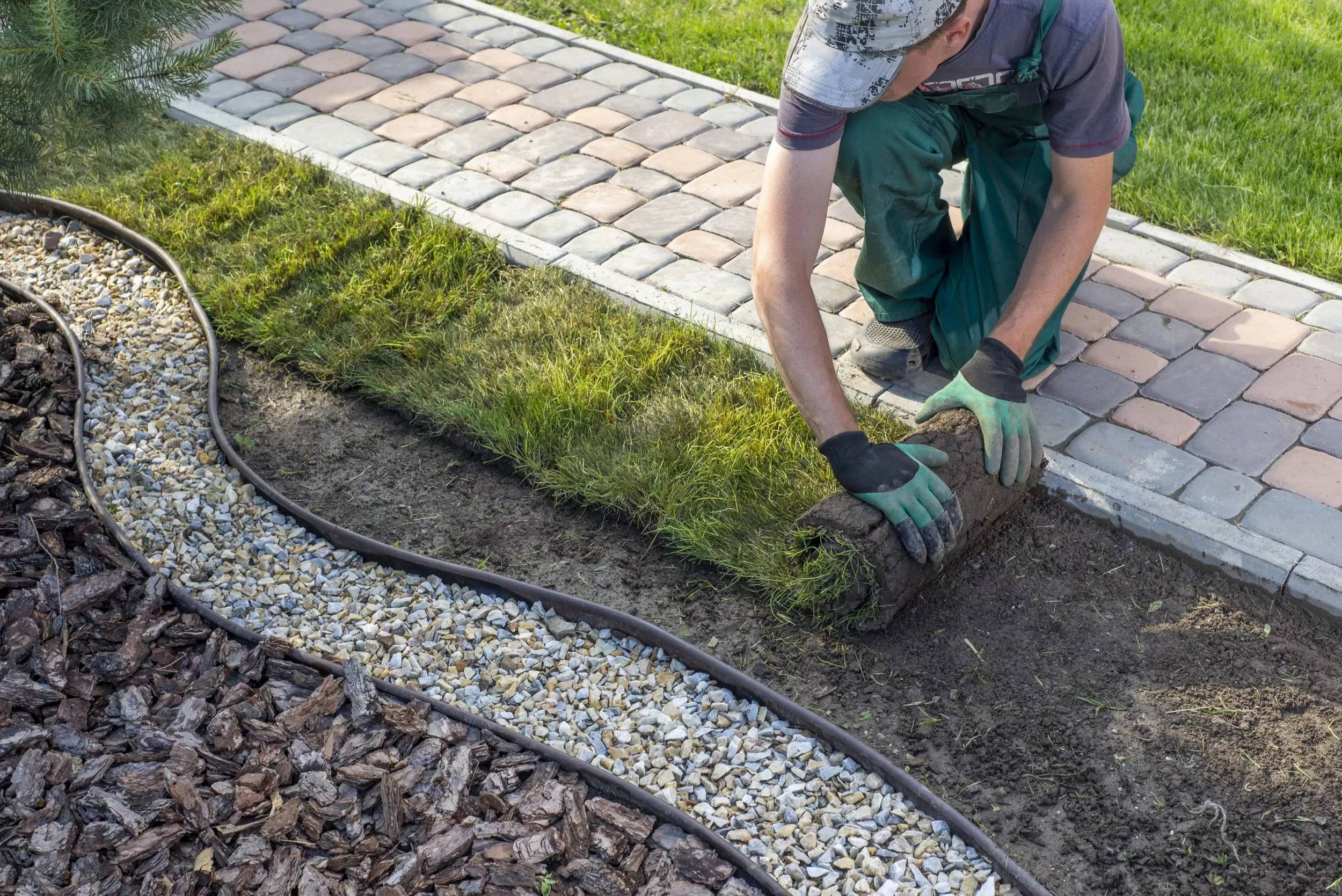In the world of landscaping and development, it's crucial to understand the site you're working on/ Preserving ecological systems, and a site's natural elements are key. But how can businesses, designers and landscapers achieve this?
Ecological assessments are an essential part of any development or landscaping project. They are an excellent tool and resource for designers, property developers and other professionals to use. Our blog dives into everything you need to know about ecological assessments! Whether you've never heard of them before, or you're wondering why they are so important, our blog is here to dive in and explain everything. To learn more, keep on reading!
What Is An Ecological Assessment?
An ecological assessment, or ecological impact assessment (EcIA) is the process where potential impacts of a project are identified and assessed through an ecology survey. A professional ecologist will carry out the ecological assessment, no matter the size of your project.
There are two main types of Ecological Impact Assessment to be aware of:
Environmental Impact Assessment - An Environmental Impact Assessment (EIA) is a systematic process used to look at the potential consequences of a proposed project/plan. It involved a professional ecologist identifying, predicting and assessing the environmental impacts of the proposed project. The report will also advise and suggest potential measures that can mitigate the damaging effects. In doing this, ecologists and professionals can promote more sustainable development. A new development might be a:
Personal residential building project
A new commercial site
Adding a development to an existing property
Non-Environmental Impact Assessment - Non-EIA projects are those which are outside of sensitive areas, and consider factors that are not directly environmental. These might be more social or economic impacts, and applies to:
Small scale residential development
Urban industrial development projects
Small roads
Permanent campsites
How Are They Used In Landscaping?
The main thing to take away from ecological surveys is that with any new potential land developments, these surveys are carried out to assess cost, insurance, structural warranty and planning permission. Depending on the nature of your project, you may need to carry out various site surveys before you go ahead.
So, how are ecological surveys used in landscaping? Landscaping projects typically focus on creating spaces, or amplifying them with plants and gardening practices. Landscaping can be carried out in a range of scales, from small domestic projects to large commercial sites.
Ecological surveys are not only necessary, but beneficial to these kinds of projects, for various reasons:
These surveys are crucial for architects and landscape designers to understand the ecological conditions of a site before any planning or construction can happen. This would include the soil, types of plants and topography of the area. When it comes to landscaping and designing structures, architects and professionals want to ensure that the project works well with the site's natural features.
Conserving as much biodiversity as possible is another great reason to use ecological surveys. It allows professionals to work and design while being mindful of plants and animals. Using the ecological survey, professionals can also find ways of enhancing biodiversity and embracing the wildlife on a site. Many habitats and species are also protected, so these areas need to be conserved.
Ecological assessments also help professionals to understand the constraints or tricky parts of the site being worked on. This could be habitats for protected species, sensitive areas and other constraints the area might have. Abiding to any legislation or protected areas is crucial for landscaping projects.
Managing the area and maintaining it after the landscaping has been complete is also something an ecological survey can help with. From water management to plant maintenance, an ecological assessment will help architects and designers to ensure long-term stability on the project.
What Happens During An Ecological Assessment: A Step By Step Breakdown
An ecological survey isn't just a simple report, it takes into account a range of factors to understand the ecosystems within a particular site. There are two main stages of an ecological survey, which we are going to dive into below. From initial sites to mitigation strategy, there are various aspects of an ecological survey, read below to learn more about the steps of an ecological assessment.
Stage 1: Preliminary Ecological Appraisal
The first section of the survey that is carried out is the Preliminary Ecological Appraisal (PEA) or a Phase 1 Habitat Survey. This assessment is considered a 'rapid' survey and is mostly a walkover, or initial desktop survey. The aim of the phase 1 survey is to identify either the presence or absence of habitats, different species, and the degree to which they will be affected by a certain development.
The recommendations and constraints determined by the survey will depend on what types of habitats are found on your site. The study will look closely at any ecological constraints on your site, or the potential opportunities for new habitats! This initial assessment will also recommend any future surveys that are needed based on the results of the initial survey.
What Happens Next?
If there are no problems or issues raised within the first appraisal, then no further survey work needs to be carried out! The report will be submitted for planning. In the case that your report indicates a problem of some kind, or further work might be needed, this will take precedence. More surveys may need to be conducted, or other precautions put in place.
Stage 2: Ecological Impact Assessment
The second stage of an Ecological Survey is the Ecological Impact Assessment. Sometimes called an EcIA, this assessment includes a more detailed ecological report. It is an essential document which details the potential impacts that a development may have on surrounding habitats and species. Based on the findings of the preliminary appraisal, the EcIA will go into more detail about the potential impacts of certain developments on a site. An ecologist consultant will carry out a detailed report, or a habit-specific survey. This will be presented alongside a planning permission application.
There are several steps included in an EcIA, which includes:
Scoping
Gathering data
Evaluation of site’s nature conservation habits
Impact assessments regarding habitat loss
Mitigation
Reports for stakeholders (giving them all the relevant information they need about the development)
Construction companies, developers and stakeholders will require an ecological survey, and they will need to be carried out for any individual development project that is being carried out, as each project, and environment are unique. It's important to remember that an ecology survey needs to be carried out in advance, and long before planning permission is granted. If anything is found, ecologists will be able to agree on an approach to mitigate these impacts sooner, and reach out to local planning authorities. If you're in need of an ecology team, contact us today to learn more.
Surveys can also be seasonally constrained, so it’s vital to have ecological assessments scheduled in good time. You should plan to have your survey carried out well before construction and planning goes ahead. Ranging from £750 - £4000, it’s also important to budget your ecological impact assessment into your development project.
Lizard Landscape Design: Ecological Surveys For Landscaping
As you can see, an ecological assessment is an important and indispensable part of landscaping. Not only does it help to mitigate risks and logistical issues, these assessments help businesses and developers take more steps towards sustainability. These assessments help to conserve wildlife, eco-systems and pave the way for landscapes that contribute minimal damage to habitats.
Here at Lizard Landscape Designs, we offer a range of services to help you achieve the best results for your project. From arborists and landscape ecologists, we can help you create the space you desire, while also protecting the environment. Head to our website to browse landscape design today! To learn more about our services, or how we can help you, feel free to get in touch with our team today.



